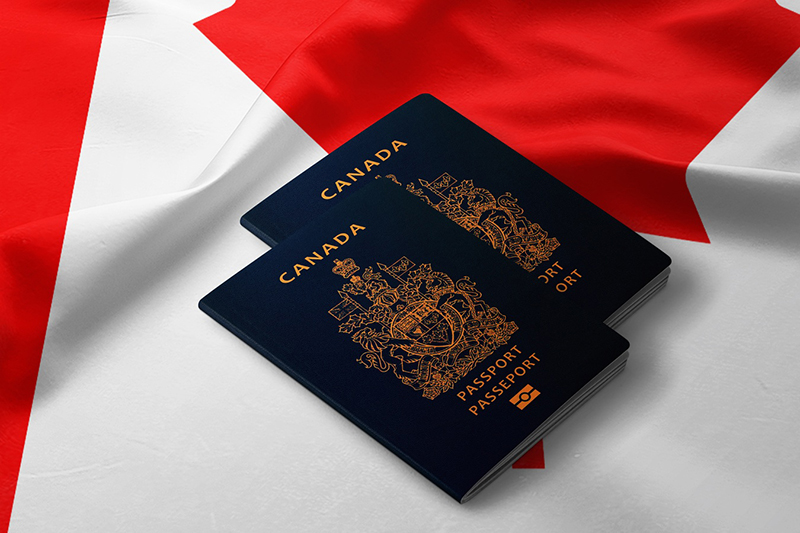Canada is ending a temporary public policy that allowed visitors to apply for work permits from within the country. The Immigration, Refugees, and Citizenship Canada (IRCC) has decided to terminate the temporary policy that enabled visitors to submit work permit applications from inside Canada. These applications were also processed promptly. This policy was introduced in August 2020 to assist visitors who were unable to leave the country due to COVID-19 travel restrictions. Under this policy, visitors in Canada could apply for work permits without having to exit the country. Additionally, foreign nationals who had held a work permit in the last 12 months but had changed their status to “visitor” could apply to work legally in Canada while waiting for a decision on their new work permit application.
While this temporary policy was initially set to expire on February 28, 2025, the IRCC is ending it as part of broader efforts to manage the number of temporary residents in Canada and maintain the integrity of the immigration system. The IRCC also acknowledged that some bad actors had been exploiting this policy to mislead foreign workers in Canada.
The IRCC will continue to process applications submitted before August 28, 2024, under this policy.
The IRCC stated that part of the reason for this early termination is the awareness that some bad actors have been using this policy to deceive foreign workers without permits in Canada. This move is linked to ongoing efforts by the department to combat widespread immigration fraud and reduce the levels of temporary residence.
The end of this temporary policy, which allowed some visitors to apply for work permits, comes amid major changes aimed at reducing the number of foreign workers in Canada.
On August 26, the department announced that it would pause processing work permit applications for certain applicants under the low-wage stream of the Temporary Foreign Worker Program in Canada until September 26, 2024. This measure will affect applicants in urban areas with unemployment rates of 6% or higher. The IRCC also introduced limits on the number of foreign workers that employers in Canada can hire. Additionally, the maximum employment duration for workers in the low-wage stream will be reduced from two years to one year.
In a press conference, Canada’s Immigration Minister, Miller, announced that, for the first time in Canada’s immigration history, temporary residence levels would be included in the annual immigration levels plan. Immigration has become a central issue in Canada, with much of this year marked by announcements regarding the management and reduction of temporary residence levels. Miller also stated that starting this week, he intends to consider changes to Canada’s permanent residence levels in the coming years.
Meta Marketing | Daneshmand Magazine | Salam Vancouver Magazine | Salam LAX | Salam 118 | Concord Media | Ajdari | Doctor Home Inspections | Concord Home Inspections | Concord Solar | IRACA | Vancouver Star Laser | Caspian Cleaning | Definitive BJJ | Wintek Glass |




